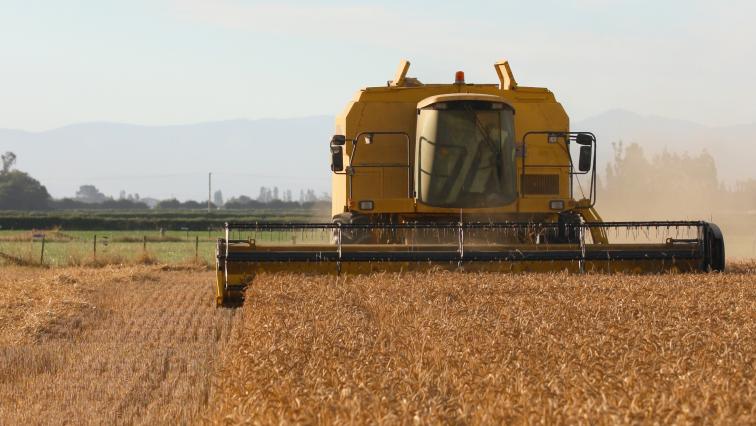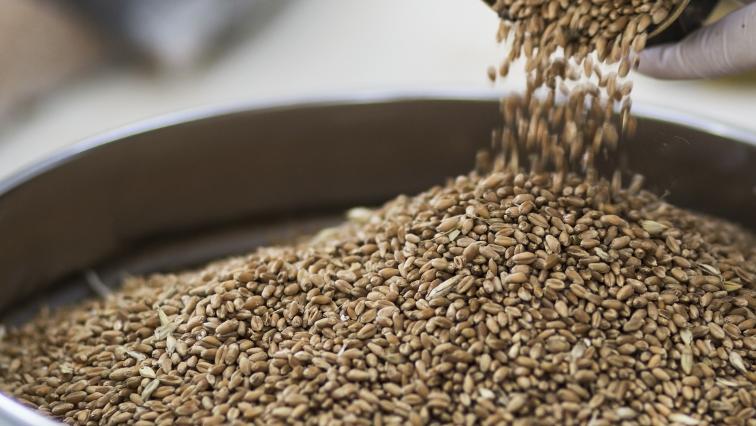The aim of the bread making process is to produce dough that will rise easily and have the properties required to make a good bread.
Firstly, the Bakery will receive flour in either small bags ranging in size from 10kg to 25kg, or for plant bakeries in a tanker holding as much as 27 tonnes.
Sometimes the bulk flour will be stored in a silo at the bakery to be used later.
Breadmaking involves the following stages:

The main ingredients for bread making are flour, yeast, water and salt. These ingredients are weighed and then mixed until the flour becomes a stiff paste or dough ready for baking.
To make good bread, dough must be extensible enough for it to relax and to expand while it is rising. A good dough is extensible if it will stretch out when pulled.
It also must be elastic, that is, have the strength to hold the gases produced while rising, and stable enough to hold its shape and cell structure.
Two proteins present in flour (gliadin and glutenin) form gluten when mixed with water. It is gluten that gives dough these special properties. Gluten is essential for bread making and influences the mixing, kneading and baking properties of dough.
The mixing process used in most Plant bakeries in NZ (such as Quality Bakers, Tip Top, Couplands etc) is called the Mechanical Dough Development Method (MDD). This is a short or no time bread making process where the dough is mixed at very high speeds and has high levels of some essential ingredients. Energy is used to shear the gluten structure and allow reformation. This cuts down the amount of time the dough needs to rise from two hours to 10 minutes.
Smaller bread shops, wholesale bakeries, instore bakeries, and boutique bakeries use conventional mixing or the no time dough process, with some even using frozen dough.
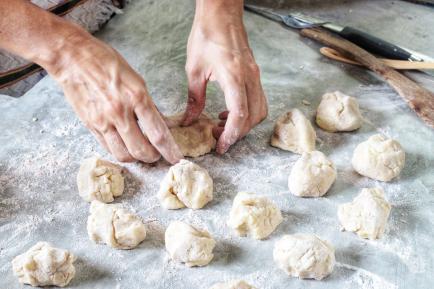
Once the dough has been mixed it goes through a dividing machine which cuts it into smaller pieces, each of which will eventually become a loaf of bread
These pieces are then kneaded to develop the gluten in the dough which will become the "skeleton" of the loaf, and retain all the bubbles created by the fermentation process which is what gives the crumb structure of the loaf.
These pieces are then shaped into balls and left to rest which allows the yeast time to begin working, and rests the dough after the stress of the mixing process. This resting stage is known as the first proof.
The dough pieces are then moulded by a machine that flattens the dough between two rollers. The dough is then rolled up like a swiss roll.
This moulding produces an even texture in the finished loaf. Some loaves are made using a four piece process which cuts the roll into four pieces that are then dropped into one tin.
Other moulding techniques use a single piece of dough.
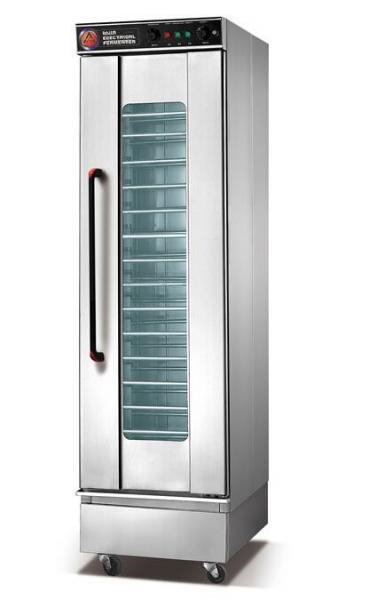
The dough pieces then pass into a proover where in a warm moist atmosphere the yeast produces gas through fermentation to make the dough rise. This is known as the final proof stage.
Fermentation is when the yeast interacts with the enzymes and sugars in the dough to create carbon dioxide gas - this is what fills the "bubbles" of the crumb.
The carbon dioxide produced in these reactions causes the dough to rise as thousands of tiny carbon dioxide bubbles are formed each surrounded by a thin film of gluten cells inside the dough piece. The increase in dough size occurs as these cells fill with gas.
After about 45-50 minutes in the proover, the dough is ready for baking.
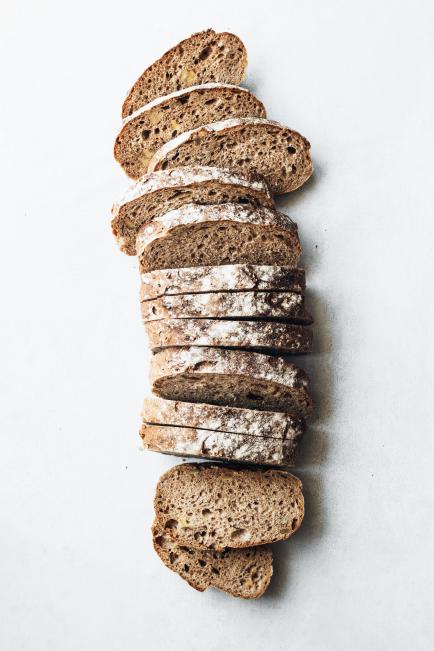
The risen dough is placed in a pre-heated oven at about 270-280°C for approximately 20-25 minutes.
The oven heat causes the gases in the dough to expand which increases the size of the dough which is called “ovenspring”, and fermentation increases as the yeast activity increases with heat.
The bread must reach a temperature greater than 98°C at its core to ensure that it is fully baked.
Sugars and other products, some formed by breakdown of some of the proteins present, blend to give the crust it’s colour.
This results in a rounded high topped loaf, to make a square loaf a lid is placed on the tin before baking.
After baking, the bread is put in a cooler for approximately two hours as the crust temperature is over 200°C and the internal temperature of the crumb about 98°C. The whole loaf is cooled to about 35°C before slicing and wrapping can occur without damaging the loaf.
A moist substance like bread loses heat through evaporation of water from its surface. To ensure the bread is soft, the rate of evaporation must be controlled, and air temperature and air flow monitored and managed.
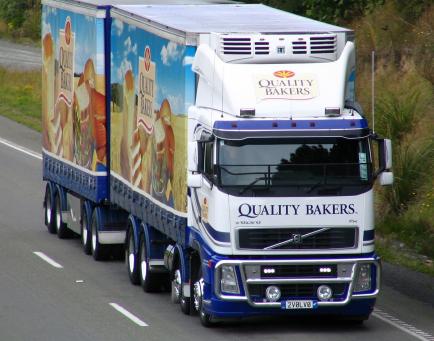
The bread is then sliced and wrapped as soon as it leaves the cooler to maintain softness.
The tag on the bread bag will indicate the traceability data such as the day of production and best before date.
The bread is then packed on to trays or baskets and delivered to your local supermarket or store.

